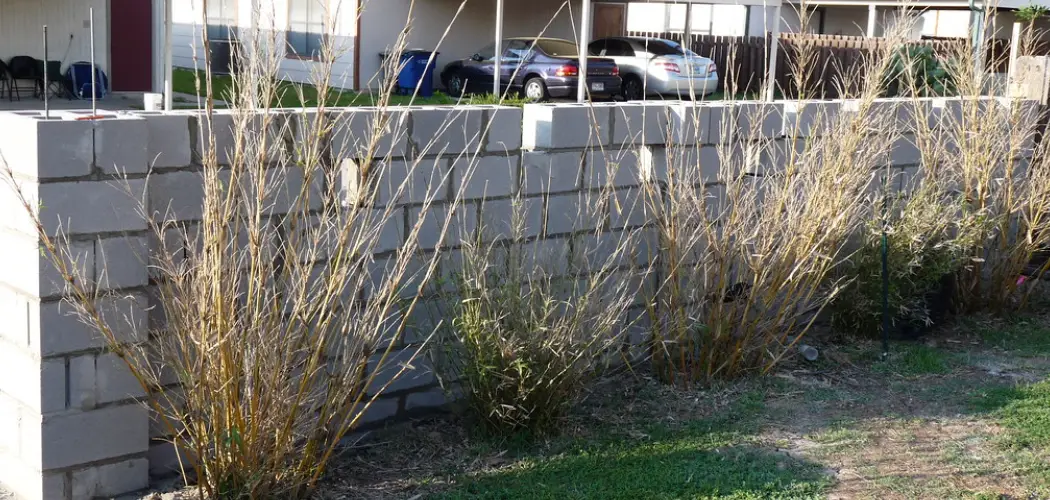Stucco, a versatile and durable material, has been used in construction for centuries due to its resilience and aesthetic appeal. A stucco fence not only provides privacy and security but also adds a timeless elegance to any property. Building a stucco fence involves several steps, including planning the layout, constructing the frame, applying the stucco mix, and finishing with painting or sealing.
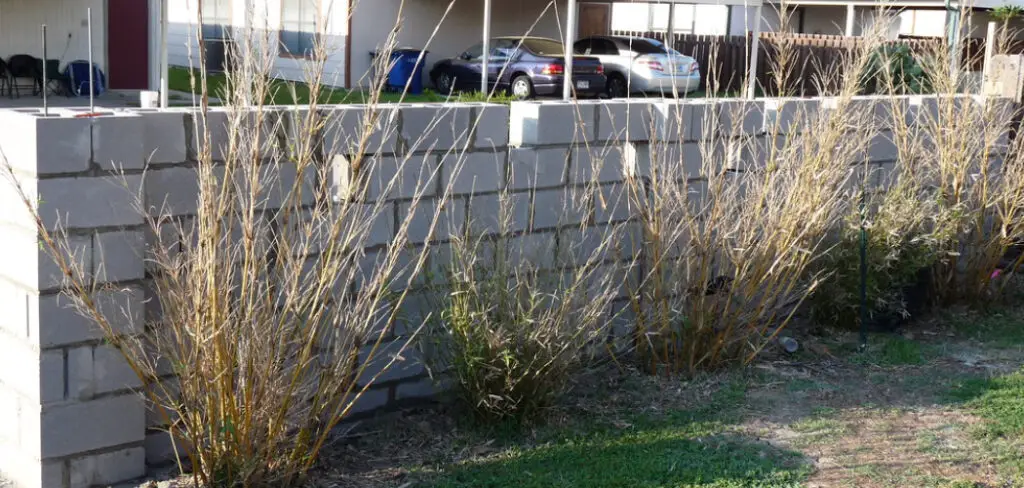
This guide on how to build stucco fence will walk you through each step of the process, ensuring that even beginners can confidently undertake this project. Whether you’re looking to enhance your home’s curb appeal or add a functional yet decorative element to your landscape, a stucco fence is a great choice.
What is Stucco?
Stucco is a type of plaster made from cement, sand, and water. It is commonly used as an exterior finish for walls, but it can also be applied to fences, giving them a solid and smooth surface. Stucco is usually mixed on-site and then applied in layers, providing a strong and durable coating that can withstand harsh weather conditions.
It is essential to note that stucco comes in various forms, including traditional cement-based stucco, acrylic stucco, and synthetic stucco. Each type has its own advantages and uses; for instance, traditional stucco is more affordable but requires a longer application process compared to the other two types.
Benefits of Building a Stucco Fence
Stucco fences offer numerous benefits, making them a popular choice among homeowners and property developers. These include:
Durability:
As mentioned earlier, stucco is a highly durable material that can withstand various elements. With proper installation and maintenance, a stucco fence can last for decades. It is resistant to fire, rot, and pests, making it a low-maintenance option.
Versatility:
Stucco can be applied on a variety of surfaces, including wood, metal, and concrete. This gives you the flexibility to build a stucco fence on any terrain or existing structure.
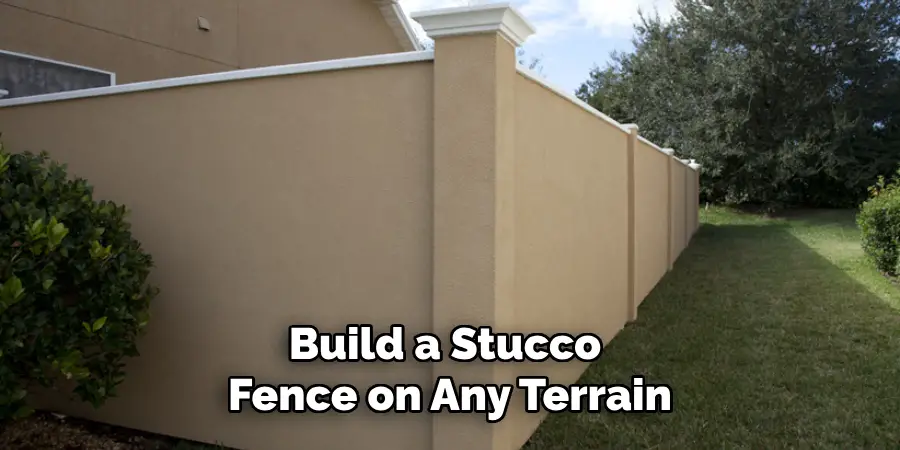
Aesthetic Appeal:
A stucco fence adds a touch of elegance and sophistication to any property. It comes in a variety of colors and textures, allowing you to customize the look of your fence to complement your home’s design.
Soundproofing:
Stucco is an excellent sound barrier, making it an ideal choice for homeowners who live near busy roads or noisy neighborhoods. It can reduce noise levels by up to 50%, creating a peaceful and quiet environment within your property.
Cost-effective:
While the initial cost of building a stucco fence may be higher compared to other fencing materials, its durability and low maintenance requirements make it a cost-effective choice in the long run.
11 Step-by-step Guidelines on How to Build Stucco Fence:
Step 1: Plan and Measure
The first step to building a stucco fence is to carefully plan the layout and measure the area where you want to build it. This will help determine the amount of material needed and give you an idea of the overall cost. It is also essential to check with your local building codes and obtain any necessary permits before starting the project.
You should also consider the terrain and slope of your property, as this will affect the construction process.

Step 2: Build the Frame
Start by constructing a sturdy frame for your fence using wood or metal posts. This will provide support for the stucco and create a structure that is able to withstand the weight of the material. The posts should be firmly anchored into the ground and evenly spaced to ensure stability.
If you are building your stucco fence on an existing structure, make sure to reinforce it with a metal lath before applying the stucco.
Step 3: Install Mesh or Netting
After constructing the frame, the next step is to install mesh or netting around it. This mesh, often made of metal or fiberglass, acts as a supportive base for the stucco application. It’s essential to cover the entire frame securely with the mesh, fastening it tightly to prevent any movements once the stucco is applied.
Ensure that the mesh is overlapped at the seams by at least one inch and securely attached to the frame, typically using nails or staples for wood frames or wire ties for metal frames. This will create a solid foundation for the stucco, helping to prevent cracks and increase the overall durability of the fence.
Step 4: Prepare the Stucco Mix
Preparing the stucco mix is a crucial step in building your stucco fence. Start by selecting the type of stucco that best suits your project needs. For traditional cement-based stucco, you will need Portland cement, sand, lime, and water. Mix these ingredients in a large bucket or wheelbarrow until you achieve a consistent, paste-like texture.
The general rule of thumb for the mix is to use 4 parts sand, 1 part cement, and 0.5 parts lime, with enough water to make the mix workable but not too wet.
For acrylic or synthetic stucco, follow the manufacturer’s instructions carefully, as these products usually come premixed and only require the addition of water.
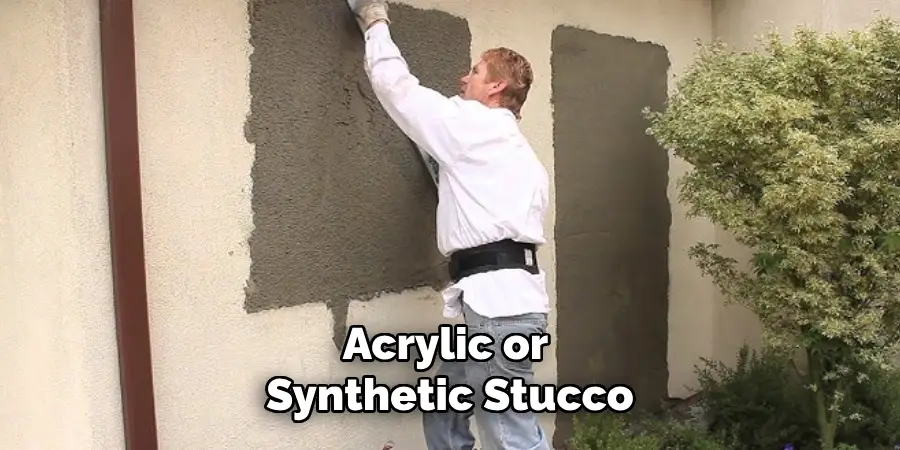
Step 5: Start Applying the Stucco
Using a trowel or hawk, scoop the stucco mix onto the mesh and start spreading it evenly in small sections. Make sure to apply a thick layer of stucco, typically around one inch, to ensure a strong and durable fence. Continue this process until the entire fence is covered in stucco.
You may need to work quickly, especially if the weather is hot and dry, as stucco dries fast. Avoid applying too much pressure when spreading the stucco as it can cause the mesh to tear.
Step 6: Embed Lath in Stucco
Once you have applied the first layer of stucco, embed metal lath into it while it is still wet. This will help create a stronger bond between the layers and prevent cracking. Place the lath in a horizontal pattern, overlapping each piece by at least one inch.
Although this step is optional, it is highly recommended for added strength and durability. It is also a good idea to wear gloves during this process to protect your hands from sharp edges on the lath.
Step 7: Apply Second Coat
Wait for the first layer of stucco to dry completely (usually 24 hours), then start applying the second coat. Using a trowel or hawk, spread the stucco mix in the same manner as before, but this time, make sure to apply it in a different direction to help strengthen the bond between layers.
You can also add additional layers of stucco for a thicker and more textured appearance. Just remember to wait for each layer to dry completely before applying the next one.
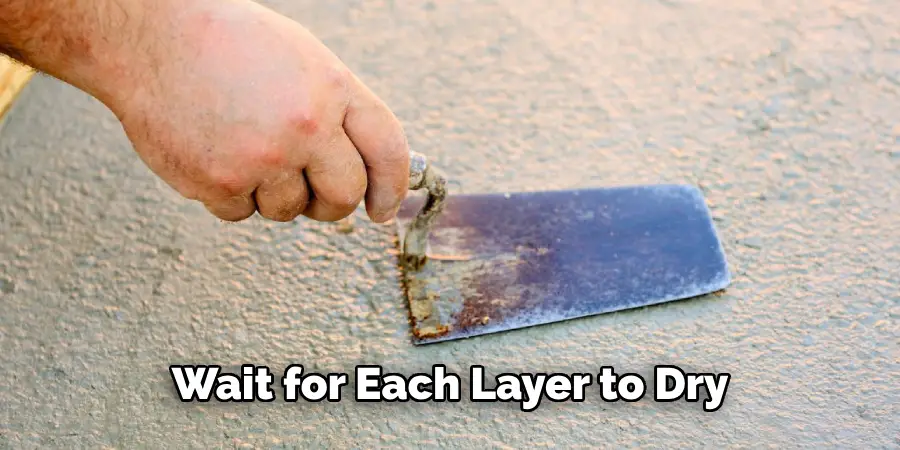
Step 8: Shape and Texture
While the second coat is still wet, use a trowel or other tools to shape and texture the stucco as desired. You can create various patterns and textures, such as a smooth finish or a rough and rustic look. This step allows you to personalize the appearance of your stucco fence to match your home’s design.
But make sure to avoid touching the stucco once it starts to dry, as this can ruin the texture and cause cracks.
Step 9: Cure and Dampen
After shaping and texturing the stucco, let it cure for a few days. During this time, make sure to dampen the surface of your fence at least twice a day by spraying it lightly with water. This helps prevent the stucco from drying too quickly, which can cause cracks and weaken the structure.
You can also cover the fence with a tarp or plastic sheeting to retain moisture and aid in the curing process.
Step 10: Finish and Paint
Once the stucco has cured completely, you can add any final touches and paint it to your desired color. Stucco fences are highly versatile when it comes to painting, allowing you to choose from a wide range of colors and finishes. Just make sure to use high-quality exterior paint suitable for stucco surfaces.
It is also essential to maintain your stucco fence regularly by inspecting it for any cracks or damage and repairing it promptly. With proper maintenance, a well-built stucco fence can last for many years, adding beauty and value to your property. Now that you know how to build a stucco fence, it’s time to get started on your project and enjoy the benefits.

Step 11: Maintenance
Stucco fences are relatively low maintenance, but it is essential to inspect them regularly for any signs of cracks or damage. If you notice any issues, repair them immediately to prevent further damage and maintain the overall integrity of your fence.
It is also a good idea to clean your stucco fence periodically to remove any dirt, grime, or mildew buildup. You can use a pressure washer or a mixture of water and mild detergent to gently scrub the surface and keep it looking vibrant.
Following these maintenance steps on how to build stucco fence will help ensure that your stucco fence stays in excellent condition for years to come. Additionally, you can also consult a professional if you have any concerns or need assistance with repairs.
Additional Tips
- Before starting your project, check with local building codes and regulations to ensure you have all the necessary permits and approvals.
- Consider hiring a professional contractor if you are not confident in your stucco building skills. They can provide valuable expertise, save time, and ensure that the job is done correctly.
- Make sure to wear protective gear, such as gloves and eye protection, when handling stucco mix or lath to avoid any injuries.
- Allow for enough time and proper curing conditions for the stucco to fully dry before applying any finishing touches or paint.
- Regularly inspect your stucco fence for any signs of damage, such as cracks, and repair them promptly to prevent further issues.
- Stucco fences can also be decorated with various accessories, such as lighting fixtures or plants, to enhance their aesthetic appeal.
- It is recommended to regularly dampen the stucco surface during the curing process, even if using a tarp or plastic sheeting, to ensure proper bonding and prevent cracks.
- If you want a more textured appearance, you can add sand to your stucco mix before application for added dimension and depth.
- Always follow the manufacturer’s instructions for mixing and applying stucco mix to ensure the best results.
- Consider using a bonding agent between layers of stucco for added strength and durability.
With these tips in mind, you can confidently start your project and build a beautiful and durable stucco fence that will enhance the look of your home while providing privacy and security. Happy building!

Do You Need to Use Professionals?
While building a stucco fence can be a DIY project, it may be best to hire professionals depending on your level of experience and the size of the project. If you are unfamiliar with working with stucco or have a large area to cover, it is recommended to consult with experienced contractors.
They can ensure that the job is done correctly, safely, and in compliance with local building codes and regulations. Additionally, they can provide expert advice on the best stucco mix, tools, and techniques to use for your specific project.

Ultimately, it is a personal decision based on your abilities, time constraints, and budget. So, assess all these factors before deciding if you need to hire professionals or not. Remember that proper installation and maintenance are crucial for a long-lasting stucco fence.
So, if you are not confident in your skills or have limited time and resources, it may be best to leave the project to the professionals. They can ensure that your stucco fence turns out exactly as you envisioned and lasts for many years to come.
Frequently Asked Questions
Q: What is the Average Cost of Building a Stucco Fence?
A: The cost of building a stucco fence can vary depending on factors such as the size, location, and materials used. On average, it can range from $8 to $12 per square foot. It is recommended to get quotes from multiple contractors and compare prices before starting your project.
You can also save money by doing some of the work yourself, such as preparing the surface and applying finishing touches. The cost of materials, such as stucco mix and lath, can also affect the overall cost of your project.
Q: How Long Does it Take to Build a Stucco Fence?
A: The time it takes to build a stucco fence depends on various factors, such as the size of the project and weather conditions. Generally, it can take anywhere from a few days to a couple of weeks, including time for the stucco to cure properly. It is essential to allow enough time for each step and follow proper curing conditions to ensure the best results.
Q: Can I Paint my Stucco Fence?
A: Yes, stucco fences can be painted in a variety of colors and finishes. It is recommended that a high-quality exterior paint be used that is suitable for stucco surfaces. You can also add decorative elements, such as textures or designs, using different techniques and tools. It is essential to wait for the stucco to fully cure before painting and follow proper preparation and application steps for the best results.
Q: How Long Does Stucco Last on a Fence?
A: With proper installation and maintenance, a well-built stucco fence can last for many years. The lifespan of stucco can vary depending on factors such as climate, exposure to elements, and regular maintenance. However, it is not uncommon for stucco fences to last for 50 years or more. Regular inspections and repairs can help prolong the life of your stucco fence even further.
Q: Can I Install a Stucco Fence in Cold Weather?
A: Installing stucco in cold weather is not recommended, as low temperatures can affect the curing process and result in weaker and less durable stucco. The ideal temperature for stucco installation is between 50-90°F (10-32°C). If you must work in colder temperatures, it is essential to protect the surface with insulating blankets or use additives to speed up the curing process.
Consult with a professional for advice on how to handle stucco installation in colder weather conditions. Overall, it is best to plan and schedule your project during warmer months for optimal results.
Conclusion
Creating a stucco fence is an excellent way to add both aesthetic appeal and functionality to your property. While it may seem like a daunting task, with the right preparation, materials, and techniques, it’s an achievable project for many homeowners.
Whether you choose to undertake this project as a DIY endeavor or decide to hire professionals, the key to success lies in careful planning, attention to detail, and regular maintenance.
By following the tips and advice outlined in this guide on how to build stucco fence, you can ensure that your stucco fence will be durable, beautiful, and long-lasting. Remember, a well-constructed stucco fence not only enhances the privacy and security of your home but also contributes to its overall value and curb appeal.
About
Outdoor Fixes is a distinguished figure in the world of Diy design, with a decade of expertise creating innovative and sustainable Diy solutions.
His professional focus lies in merging traditional craftsmanship with modern manufacturing techniques,
fostering designs that are both practical and environmentally conscious. As the author of diy,
outdoorfixes delves into the art and science of outdoorfixes-making, inspiring artisans and industry professionals alike.
Education RMIT University
(Melbourne, Australia) Associate Degree in Design (Outdoor Fixes) Focus on sustainable design, industry-driven projects,
and practical craftsmanship. Gained hands-on experience with traditional and digital manufacturing tools, such as CAD and CNC software.
Nottingham Trent University
(United Kingdom) Bachelor’s in outdoorfixes.com and Product Design (Honors) Specialized in product design with a focus on blending creativity with production
techniques. Participated in industry projects, working with companies like John Lewis and Vitsoe to gain real-world insights.
Publications and Impact
In diy, Outdoor Fixes his insights on indoor design processes, materials, and strategies for efficient production.
His writing bridges the gap between artisan knowledge and modern industry needs, making it a must-read for both budding designers and seasoned professionals.

